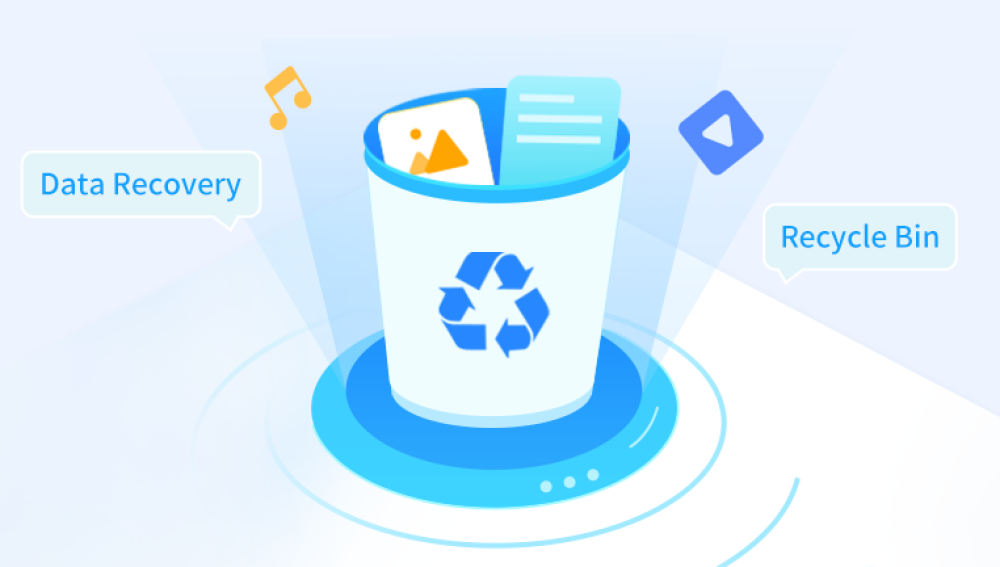Type of Device:
Hard Drives (HDD): The cost of recovering data from a hard drive depends on its size, brand, and model. Standard hard drives are generally cheaper to recover data from compared to advanced ones like Solid State Drives (SSD).
Solid State Drives (SSD): Due to their complex technology, SSD data recovery is often more expensive.
Other Devices: USB drives, memory cards, mobile phones, and other storage devices each come with their unique challenges and costs.
Type of Failure:
Logical Failure: This involves issues such as file system corruption, accidental deletion, or software errors. Recovery from logical failures is typically less expensive and ranges from $100 to $1.000.
Mechanical Failure: Issues like head crashes, motor failures, or other physical damages often require specialized equipment and expertise, making them more expensive. Costs can range from $500 to $2.500.

Electronic Failure: Problems related to the controller board or other electronic components can also be costly to fix, often ranging between $200 and $1.500.
Severity of Damage:
Minor Damage: Involves minor issues and is typically less expensive to fix.
Severe Damage: Extensive damage, especially physical, can significantly increase the cost due to the need for intricate and time-consuming repair processes.
Amount of Data:
The volume of data needing recovery can also influence the cost. Larger volumes of data require more time and resources, thus increasing the price.
Turnaround Time:
Standard Service: If you can wait for a few days to weeks, the cost will be lower.
Expedited Service: Faster services, such as same-day or next-day recovery, often come at a premium price.
Service Provider:
Different data recovery companies charge varying rates based on their reputation, location, and expertise. Established companies with a proven track record might charge more due to their higher success rates and better technology.
Breakdown of Costs
Consultation Fee:
Some companies charge a consultation fee to assess the damage and provide an initial diagnosis. This fee can range from $50 to $150 but is sometimes waived if you proceed with their service.
Labor Charges:
The actual recovery process involves labor charges, which are typically the largest part of the total cost. Rates can range from $50 to $200 per hour, depending on the complexity of the recovery.
Replacement Parts:
If parts of the device need to be replaced, such as a hard drive head or motor, the cost of these parts is added to the total. Replacement parts can range from $50 to $500.
Data Transfer Fee:
Once the data is recovered, it needs to be transferred to a new device. Some companies include this in their total fee, while others charge an additional $50 to $200.
Shipping Costs:
If you need to ship your device to a recovery center, factor in the cost of shipping both ways, which can range from $20 to $100.
Examples of Data Recovery Costs
Simple Logical Recovery:
Scenario: Accidental deletion of files from a 1TB external hard drive.
Cost: $100 to $500.
Details: Involves software-based recovery methods without the need for physical repairs.
Complex Logical Recovery:
Scenario: File system corruption on a 2TB SSD.
Cost: $500 to $1.500.
Details: Requires advanced software tools and expertise to recover data.
Minor Physical Recovery:
Scenario: Hard drive with a faulty read/write head.
Cost: $500 to $1.500.
Details: Involves replacing the read/write head in a clean room environment.
Severe Physical Recovery:
Scenario: Hard drive with severe platter damage.
Cost: $1.500 to $3.000.
Details: Requires extensive work, including platter replacement and sector-by-sector recovery.
Cost-Saving Tips
Choose the Right Service:
Not all data loss situations require professional recovery services. For minor issues, you might try using data recovery software yourself. However, for severe cases, professional services are recommended to avoid further damage.
Get Multiple Quotes:
Contact several data recovery companies to get quotes and compare their services and success rates.
Check for Discounts:
Some companies offer discounts for students, military personnel, or first-time customers. Always ask if any discounts are available.
Backup Regularly:
The best way to avoid high data recovery costs is to regularly back up your data. Use cloud services or external hard drives to keep multiple copies of your important files.
The cost of data recovery can vary widely based on multiple factors, including the type of device, the nature of the failure, the severity of damage, and the service provider. While prices can range from a few hundred to several thousand dollars, it's crucial to choose a reputable service provider with a proven track record to ensure the best chances of successful data recovery. Always weigh the cost against the value of the lost data to make an informed decision.




